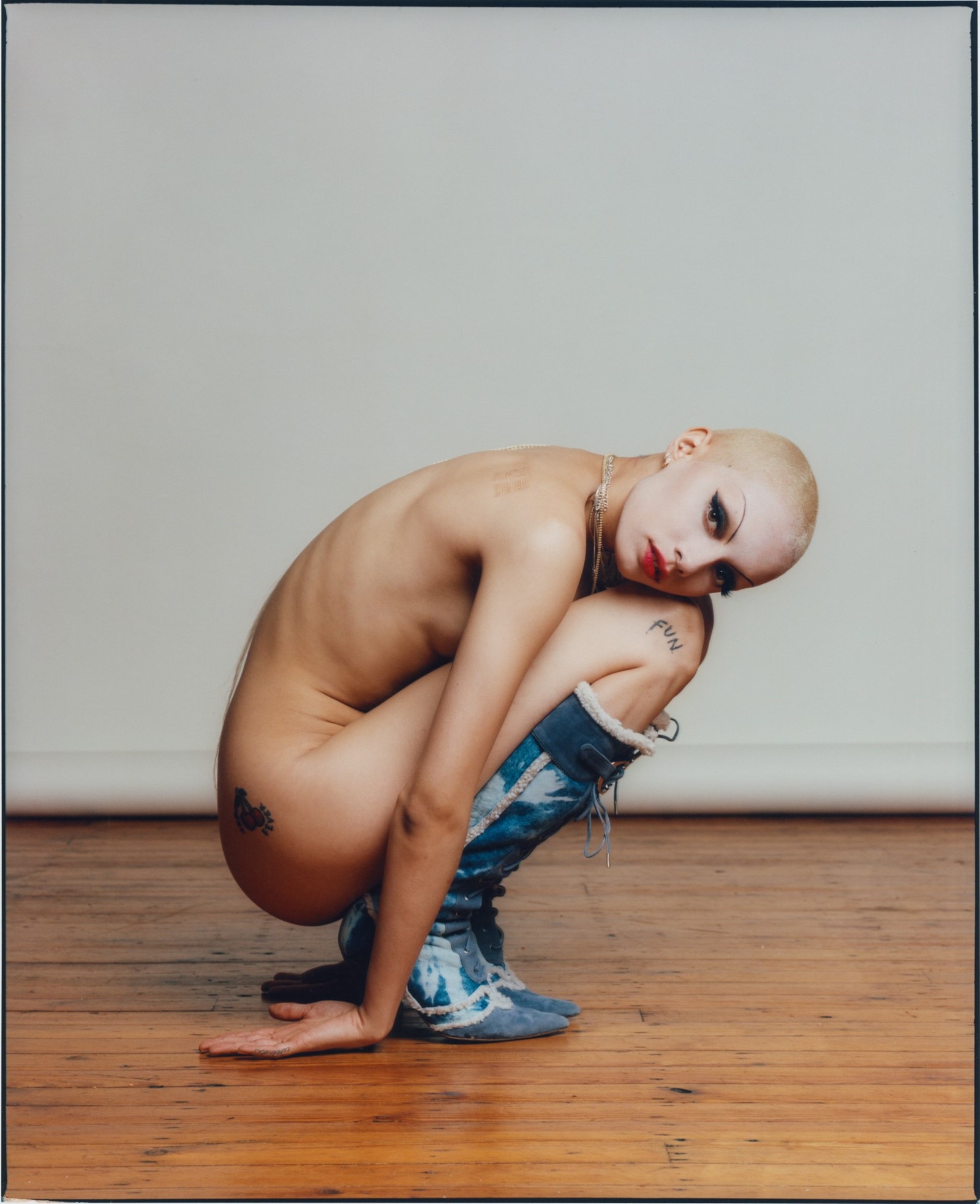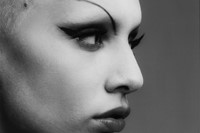This article is published as part of our #CultureIsNotCancelled campaign:
Celebrating the publication of The Candy Book of Transversal Creativity by Rizzoli, with foreword by Jefferson Hack, CANDY magazine’s creator Luis Venegas allowed AnOther Magazine to exclusively run this extract, taken from the magazine’s 12th issue and 10th anniversary edition, for spring 2019. There’s another link: AnOther Magazine’s fashion features director, Alexander Fury, is an avid collector of vintage fashion, and loaned pieces from his extensive (3,000-piece plus) archive for this shoot, remixed and remodelled by Jazzelle Zanaughtti to give them a new contemporary relevance. So a Vivienne Westwood corset butts up against an Azzedine Alaïa denim skirt, a 2005 Prada feathered hat is worn with a 1983 Stephen Sprouse sequinned shift. Below is Fury’s accompanying explanation of his obsessive fixation with fashion, alongside never-before-seen images of some of this tranche of exceptional archival items.
“I really began collecting clothes when I was a weird, fashion-obsessed 13-year-old kid in the north of England. I started buying Vogue then: I had some kind of weird idea that Vogue cost as much as a designer dress, until I saw one in a shop on holiday – we didn’t even get real fashion magazines where I grew up – and realised I could buy it. And the same year I bought my first piece of Vivienne Westwood – jeans, and then some printed T-shirts they did, in the key pattern of each show, that I treasured and wore until they fell apart. I still have pieces I got around then – and pieces I saw, or remember. Some of my most treasured possessions are a cache of John Galliano invitations from the mid-90s, when he was sending out stuff like ballet slippers and torn-off coat sleeves as invites, only a few hundred ever being produced, each idiosyncratically unique. I remember seeing them in magazines when I was growing up, feeling they were the key to another world. It’s a world that has kind of passed, now, but you can keep the remnants. I always felt like those fashion shows in the 90s were fantasies, and the clothes were the concrete keepsakes of the dream.
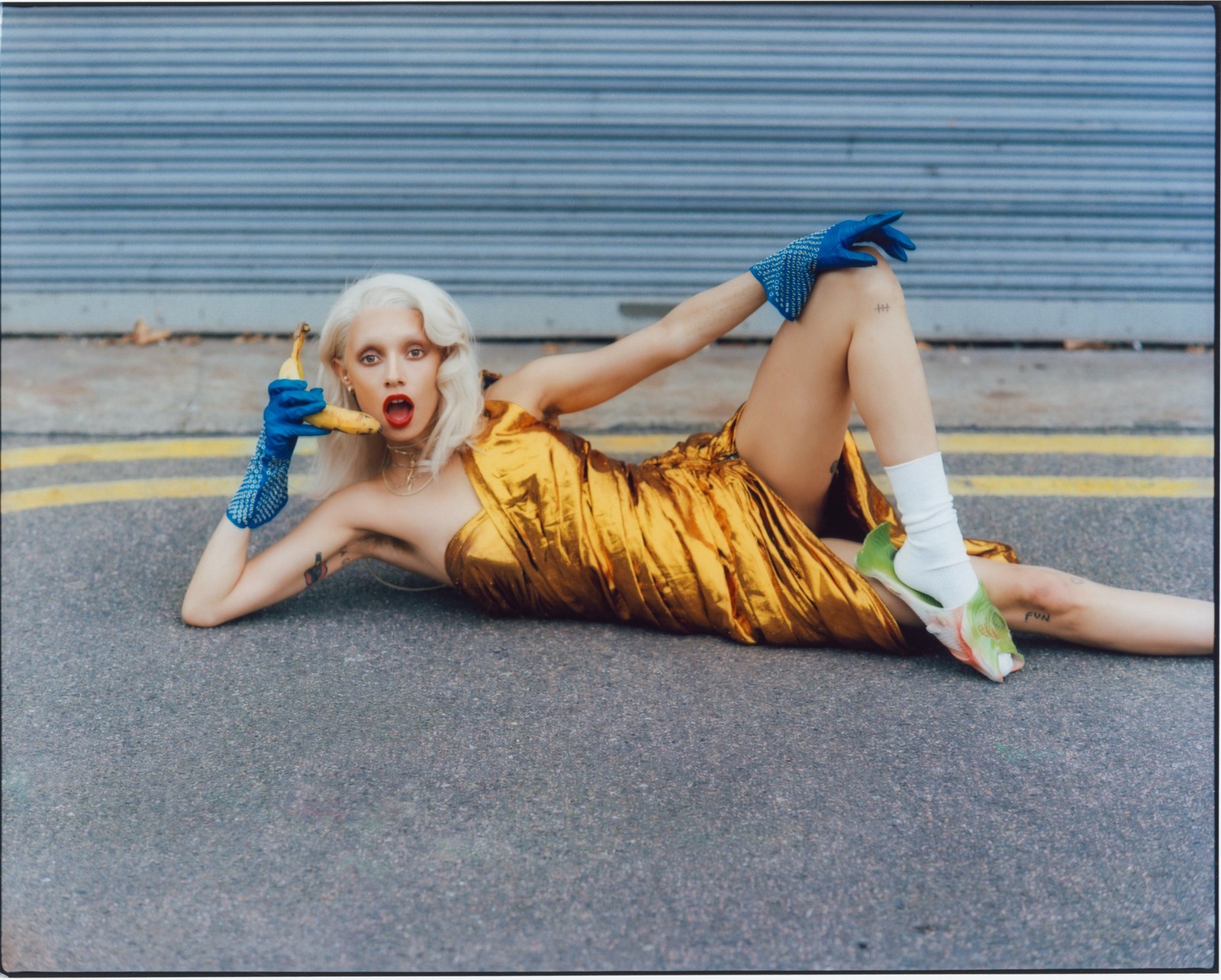
“I have no idea how many items of clothing I have, honestly. I have a vague notion of their sheer scale – they take up a whole room of rails, about 60 feet of hanging rails, with another room of boxed bags, shoes, accessories. I have a separate rail for my Galliano archive (certain garments are better hung), and a number of archive boxes where pieces are stored in acid-free tissue. ‘Coffins’ is the curatorial parlance for those boxes – they’re long, rectilinear, a shade of Dior grey. I’ve worked in museum archives and there’s something thrilling about cracking those boxes open and seeing what they disgorge. It’s a surprise to me too; I have no clue where anything is, really. This isn’t an organised thing. It’s really instinctive, impulsive.
“There are certain specific designers I am drawn to – Galliano, Westwood, the British designer Antony Price, who dressed Roxy Music and their album covergirls in the 1970s. Christian Lacroix’s haute couture. I tend to like complicated, highly constructed clothes. Glamour, romance, or a bit of fantasy. The stuff I actually wear is very different – I have racks of Prada, and I collect it because I think, as a cultural barometer, Miuccia Prada is tough to beat. I wear it because it fits well, and is interesting. When I was younger, I did wear certain pieces. I have a blue velvet Antony Price dress that pushes off the shoulder and ruches down the sleeve – he calls it the ‘pram’ sleeve – and I wore it for a Jerry Hall moment in my second year at Central Saint Martins, when my hips were narrow enough. Antony Price, interestingly, always says he cuts his womenswear like his menswear – because women want narrow hips and wide shoulders, like men. But mostly, now, these clothes are all carefully preserved. They’re in individual hanging bags or wrapped in tissue – although someone once told me that the hanging bags are acidic, so you should wrap the clothes in tissue inside. Which seems a bit obsessive. The clothes have to live, after all. Even if they’re stored in coffins.
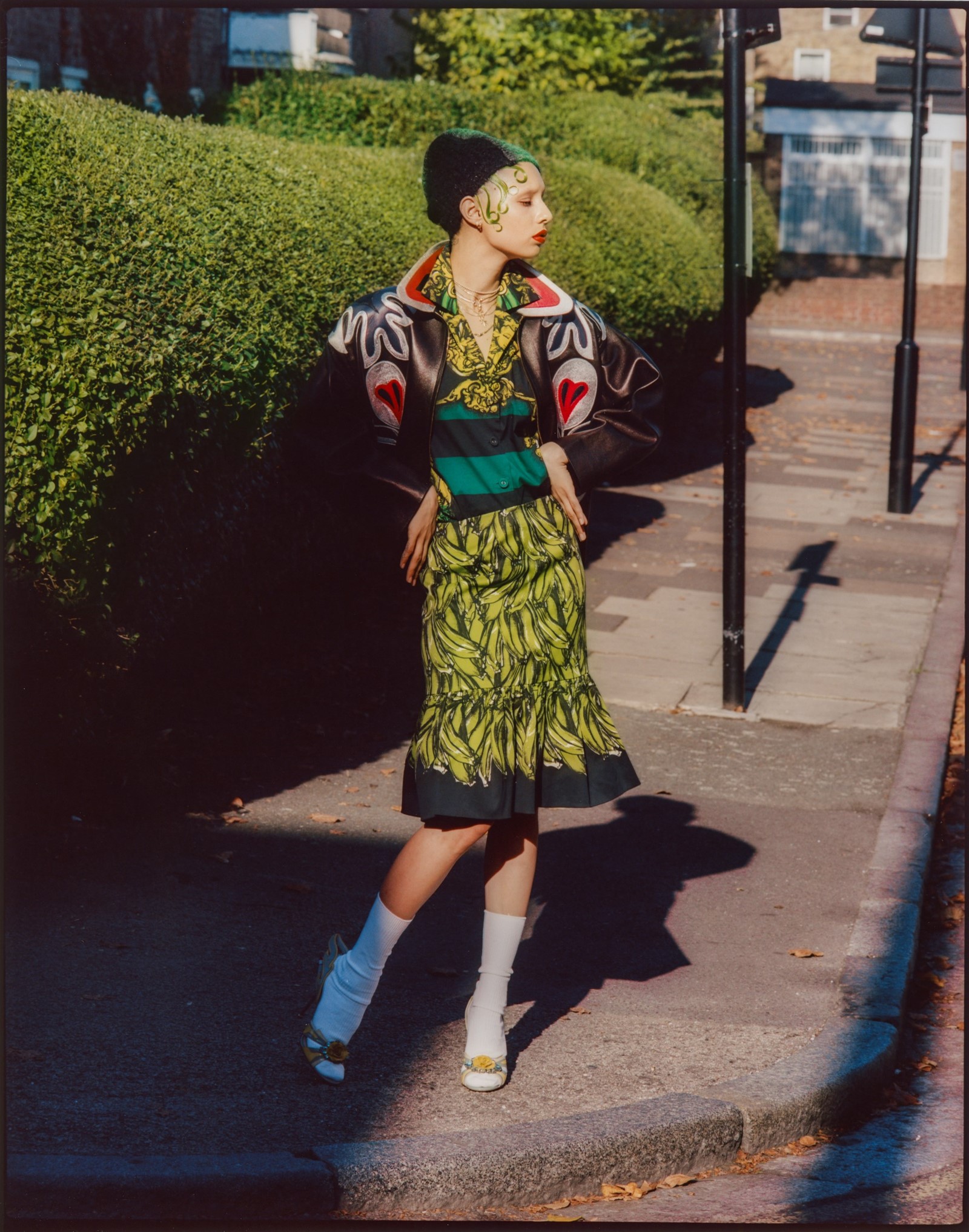

“I’ve got some amazing things. Some are one-offs, or incredibly rare – the Jean Patou haute couture dress by Christian Lacroix is from his final collection, which was never commercially produced. It’s the only one ever made. I have a gold lamé Antony Price dress which, he says, was specially made for Paula Yates for the cover photograph of Rock Stars in Their Underpants. I found it on eBay, where you can still find a lot of decent things, and Etsy, oddly. The collection is, I’d estimate, 90 per cent womenswear – I wear a lot of women’s pieces, when they work and fit. A women’s coat is no different to a men’s coat – except, frequently, more interesting.
“A lot of people wonder what the motivation is – what’s the eventual goal? What do I do with all this stuff? I honestly don’t know. Perhaps an exhibition – although I have seen what happens to clothes in museums, so I am not sure I would want to donate them permanently. I once spoke to Azzedine Alaïa about it, because he collected clothes all his life. He said he knew a woman who lived next to a convent, and gave her old Violets away to the nuns to make their habits from. Another time, in the 60s, he made a skirt for a client, who wanted it to be lined. She cut the skirt off an old Schiaparelli ballgown and told Azzedine to line it with that. He said it felt like someone had torn off his own arm – he kept the bodice of the dress. He still had it, in 2017. It’s still in the Alaïa archives – one of the most important private collections of couture in the world. I never asked Azzedine if he felt like he was rescuing these clothes – but he obviously wanted to preserve them, to ensure they could continue to live past their fashionability. And his work, in its intemporel nature, seems a riposte to that. I collect Alaïa, too. I have a coat he fitted on me himself – which is a precious memory, and probably the piece I’d save if there was a fire (I haven’t had one; I have had a flood though).
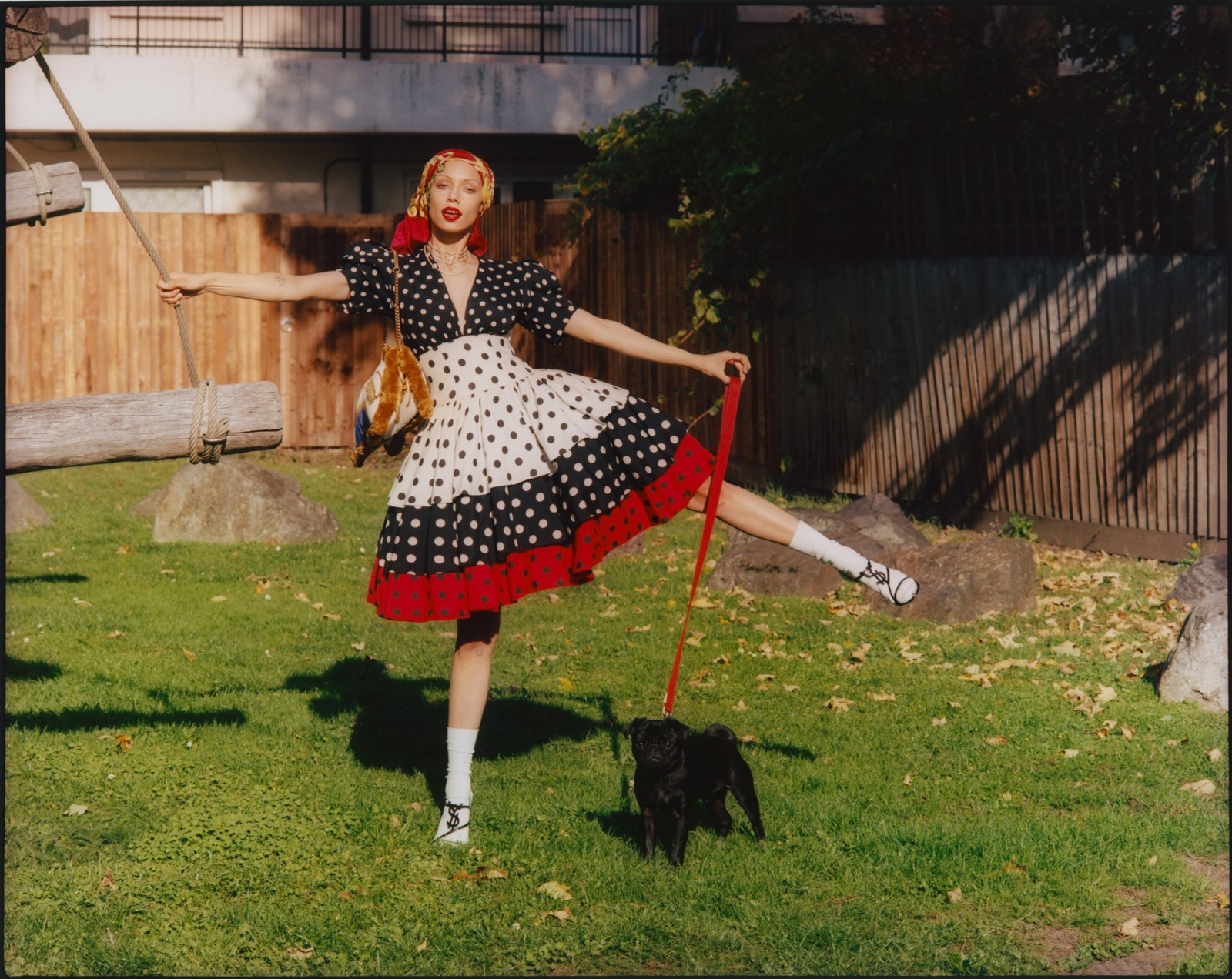
“A fried of mine once said that, if I wasn’t into fashion, I would probably be incredibly geeky and obsessed with something else like trains or Star Wars figurines, which I suspect is true. It’s almost heterosexual, that kind of overwhelming fixation on a singular interest. And I feel like I’ve been collecting clothes all my life – from the point when it was strange for a man (or, then, a boy) to walk through the women’s department. When I should have been knocking a ball about, and talking about wanking.
“There is an element of wish fulfilment, for sure. I remember bartering ceaselessly with my mother to buy a John Galliano skirt-suit in 1997 (reasoning: I could wear the jacket, she could wear the skirt). I remember watching a Vivienne Westwood documentary in 1996 and discovering her love of Boucher via that Portrait collection corset – something I’ve wanted forever. There’s something magical about being able to touch the stuff you’ve only ever seen in magazine images and behind museum glass.
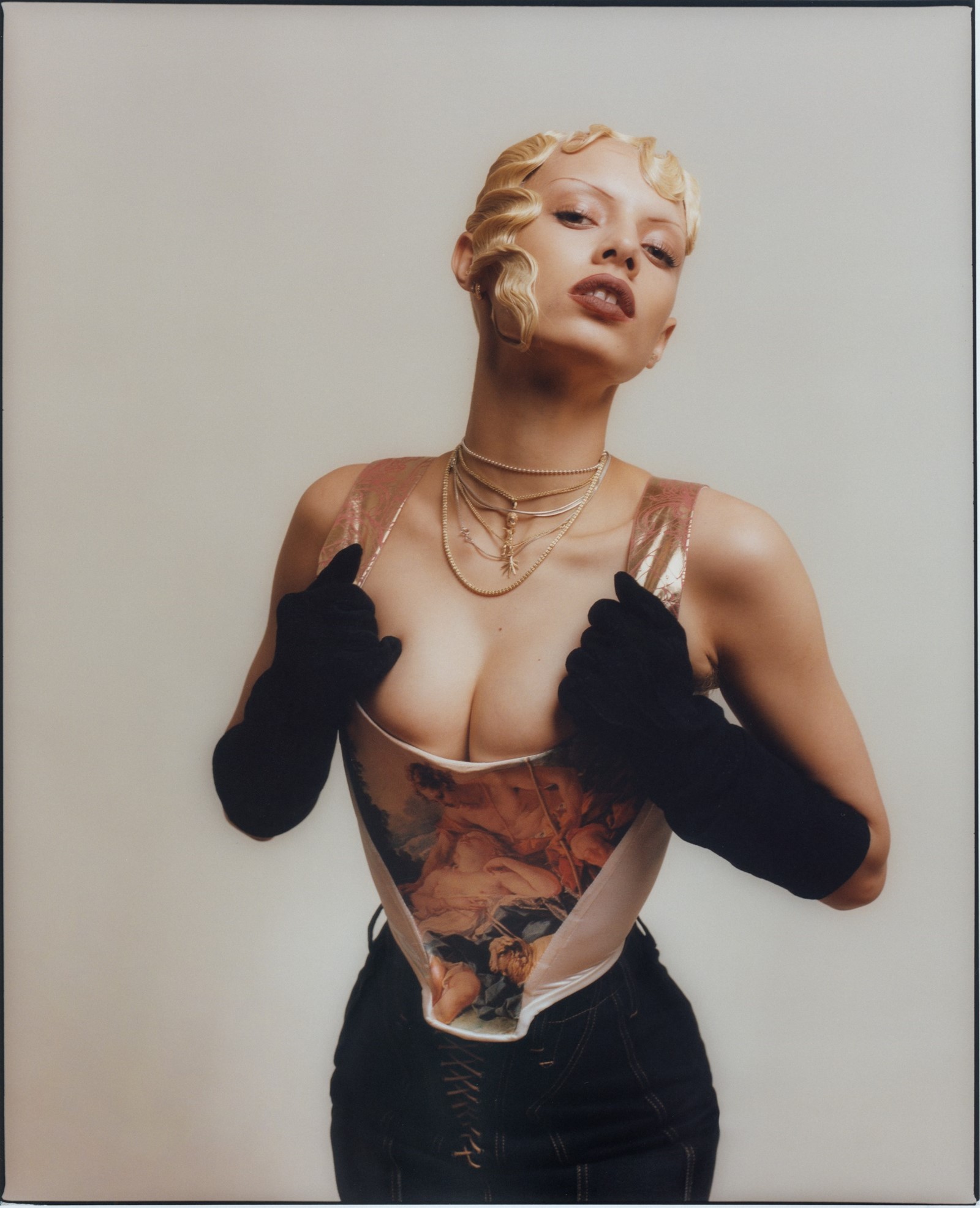
“I feel in recent years my collection has widened a little, from specific designers through to pieces that best encapsulate a particular moment in time. I’m currently longing for one of the Tom Ford Gucci thongs, with the double-G logo nestled in the coccyx. That said, I’m not interested so much in designers like Helmut Lang, although I realise how incredible their work was, and remains. I like something emotional in clothes. I don’t really get much emotion from minimalism.
“It’s unwieldy, honestly. I’m lucky that I’ve had space, to gradually fill, and a very accommodating boyfriend who rarely snaps when, for instance, he opens a suitcase to go on holiday to find it filled with vintage Galliano. He did once buy me that Marie Kondo book, The Life-Changing Magic of Tidying, where she tells you to hold things in your hand and ask ‘Does this spark joy?’ Well, this all sparks joy. It’s why I have it. It’s why I love it.
Hair: Ali Pirzadeh using AP Wigs. Make-Up: Terry Barber using MAC. Photographic Assistant: Melissa Arras. Styling Assistant: Ruairi Horan. Hair Assistant: Grace Hatcher.
The Candy Book of Transversal Creativity: The Best of Candy Magazine, Allegedly, published by Rizzoli, is out now.
